Introduction to the Baptistery of San Giovanni
The Baptistery of San Giovanni in Florence is not just a symbol of religious devotion but also an emblem of artistic achievement. Among its many treasures, the east doors, famously known as the “Gates of Paradise”, are celebrated worldwide for their exquisite beauty and historical significance.
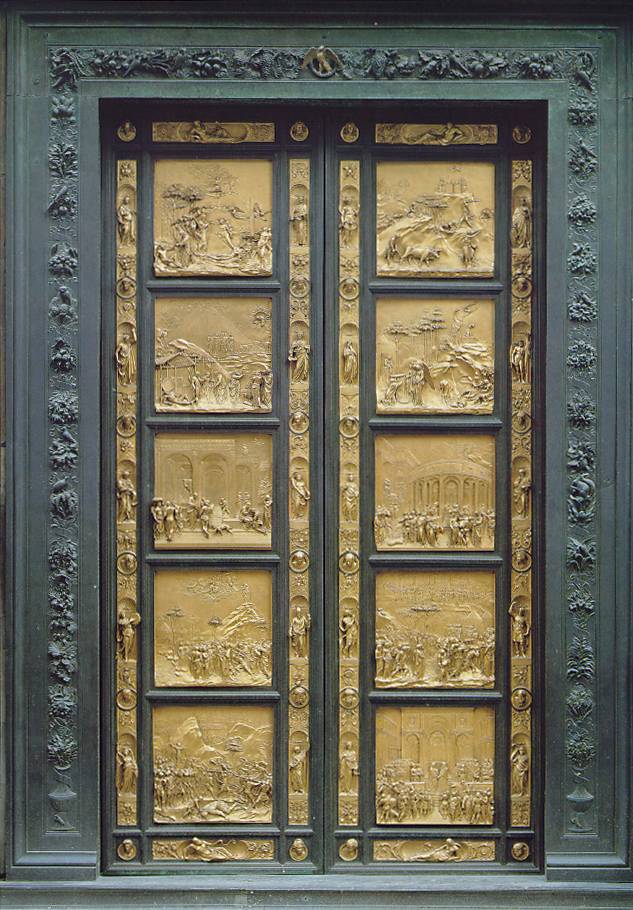
A Historic Competition: The Birth of a Masterpiece
In 1401, Florence initiated a competition to create new bronze doors for the Baptistery. The subject of the competition was the Sacrifice of Isaac, and several renowned artists, including Lorenzo Ghiberti and Filippo Brunelleschi, competed. Ghiberti’s panel, admired for its elegance and technical brilliance, won the commission, establishing him as a preeminent artist of his time.
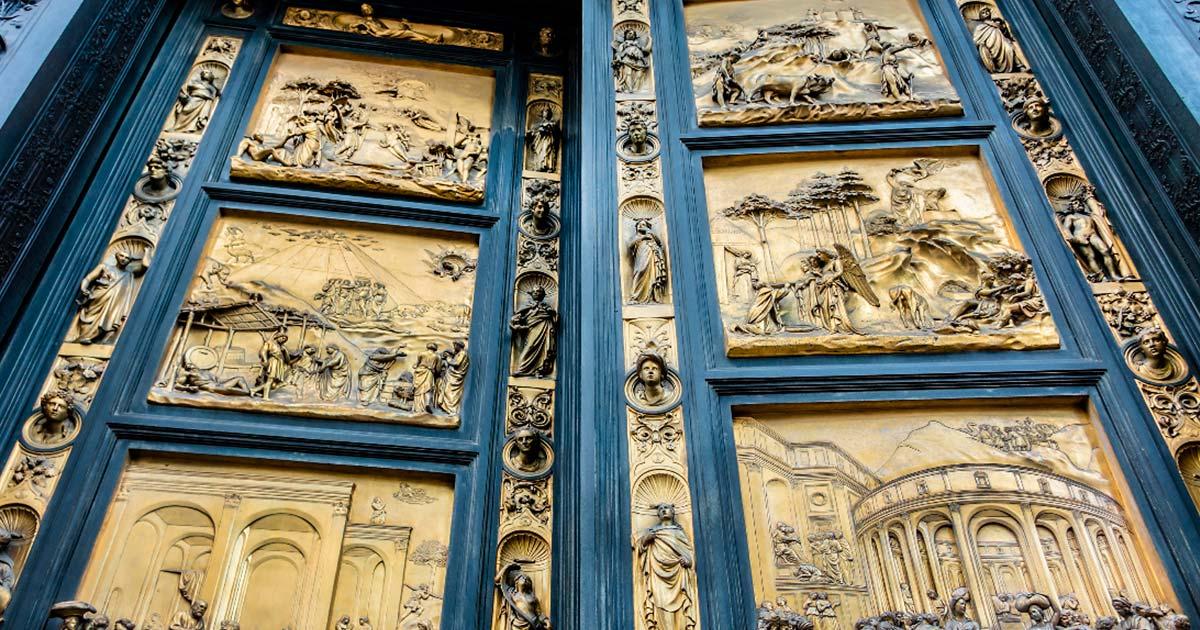
The East Doors: A Testament to Renaissance Genius
The east doors, completed in 1452, are Ghiberti’s crowning achievement. Known as the “Gates of Paradise” (a name coined by Michelangelo), these doors feature ten square panels depicting pivotal scenes from the Old Testament, including:
- The Creation of Adam and Eve
- The Story of Noah
- Moses Receiving the Ten Commandments
The panels are framed by intricate borders adorned with prophets, sibyls, and delicate foliage, showcasing Ghiberti’s unparalleled attention to detail.
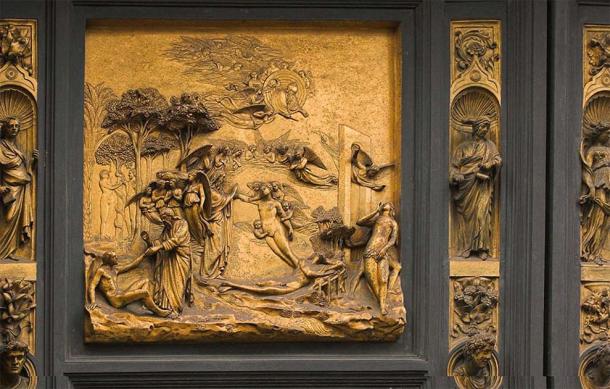
Innovative Techniques and Artistic Vision
Ghiberti revolutionized bronze casting with the lost-wax technique, allowing for intricate details and lifelike figures. He employed linear perspective, a groundbreaking approach at the time, to create depth and dimensionality. The use of gilding gave the doors their luminous appearance, making them a beacon of artistic innovation.
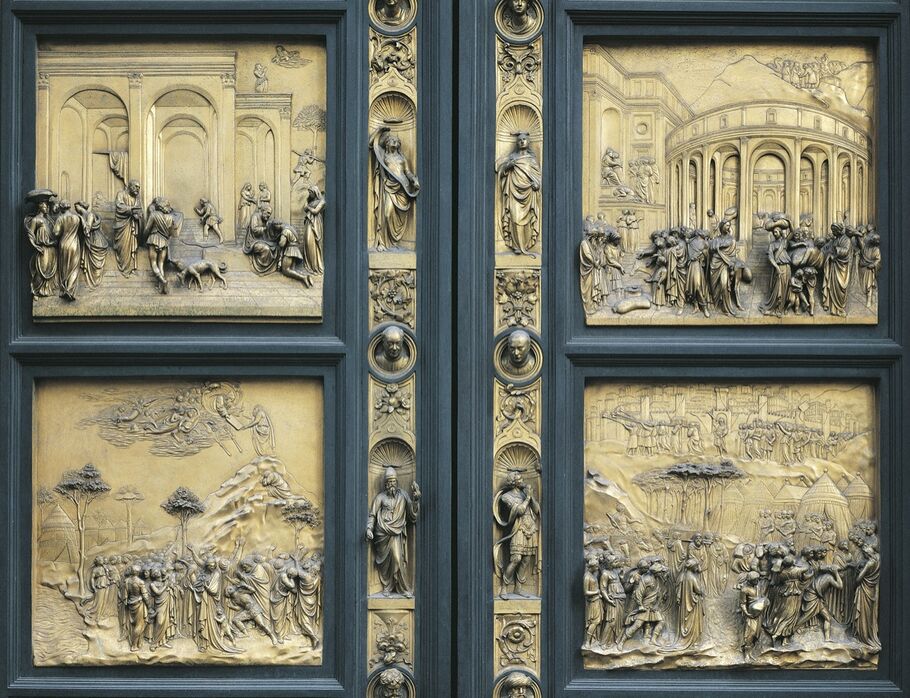
Legacy and Preservation
The original “Gates of Paradise” were moved to the Museo dell’Opera del Duomo in Florence to protect them from environmental damage. Replicas now stand on the Baptistery, ensuring the preservation of Ghiberti’s masterpiece for future generations.
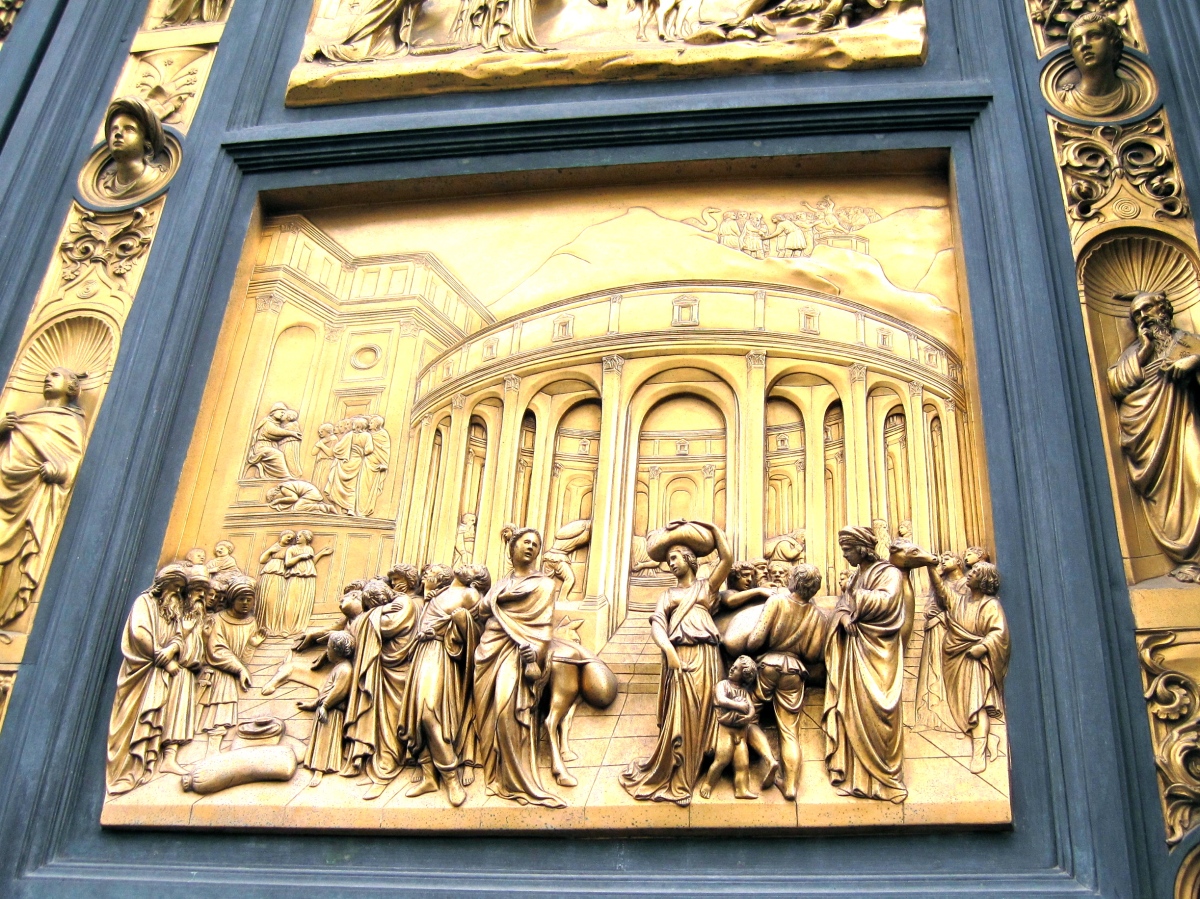
Cultural Significance
The “Gates of Paradise” are not just artistic marvels; they represent Florence’s role as the cradle of the Renaissance. They symbolize the fusion of artistic ambition, technical skill, and religious devotion that defined the era.
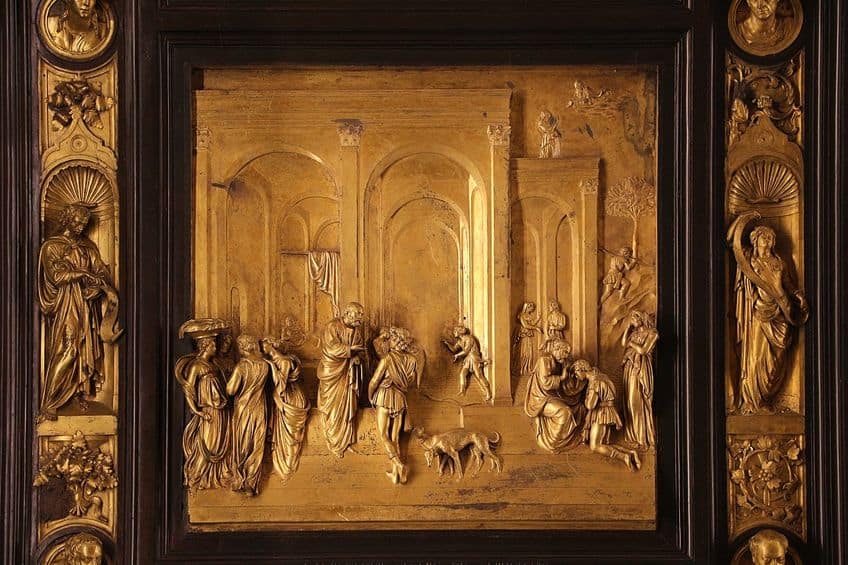
Conclusion: A Timeless Symbol of Creativity
Lorenzo Ghiberti’s “Gates of Paradise” remain an enduring testament to the transformative power of art. These doors continue to inspire awe, standing as a shining example of the genius and creativity of the Renaissance.

